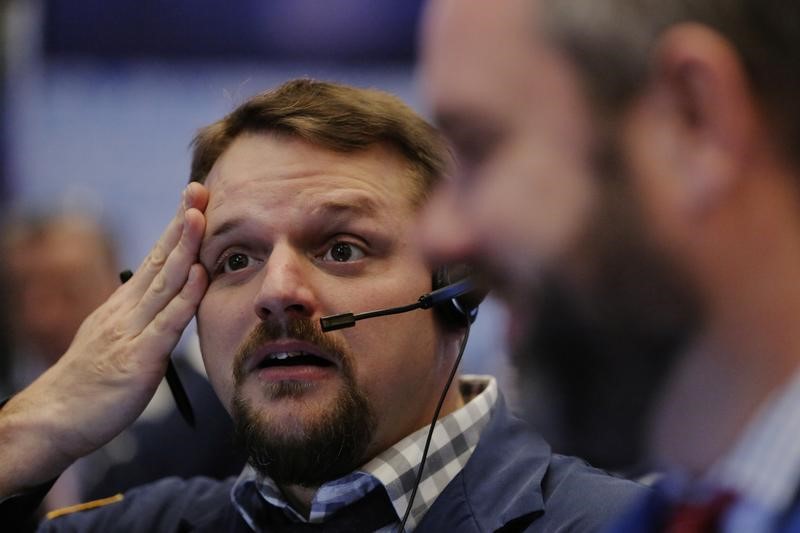TSX runs higher on rate cut expectations
Investing.com -- S&P Global Ratings has downgraded Vishay Intertechnology Inc (NYSE:VSH). to ’BB’ from ’BB+’ while maintaining a negative outlook, citing weak cash flow metrics and rising leverage.
The rating agency expects Vishay to generate negative free operating cash flow (FOCF) in fiscal 2025, with S&P Global Ratings-adjusted leverage projected to peak around the mid-2x area. These financial pressures stem from macroeconomic weakness, pricing pressure in semiconductors, and softer industrial demand.
Vishay’s EBITDA margin fell to approximately 10% for the 12-month period ended in the first quarter of 2025, down significantly from 21% at the close of fiscal 2023. This decline is primarily attributed to lower average selling prices, inventory correction, and rising expenses. The Newport wafer fab acquisition has further pressured margins by approximately 200 basis points.
The company is currently undergoing a structural business transformation through a multiyear investment cycle, with planned capital expenditures totaling $2.6 billion between 2023 and 2028. S&P now forecasts leverage in the mid-2x area and a 10% FOCF to debt deficit in fiscal 2025.
Market conditions are expected to improve in 2026, with S&P projecting revenue growth of about 5% and EBITDA margin improvement of 2%. However, free cash flow will likely remain under pressure during fiscal 2026.
Despite these challenges, Vishay maintains adequate liquidity with access to more than $600 million in cash and a $750 million revolving credit facility maturing in May 2028. The company has reduced its capital expenditure projections to about $325 million in 2025 due to macroeconomic headwinds.
S&P could lower Vishay’s rating further if the company fails to generate revenue growth and improve profitability, if adjusted leverage remains above 3x, or if free cash flow to debt stays below 10% over multiple years. The outlook could return to stable if Vishay improves revenues and EBITDA over the next 12 months, with leverage well under 3x and free cash flow to debt at 10% or better.
This article was generated with the support of AI and reviewed by an editor. For more information see our T&C.
